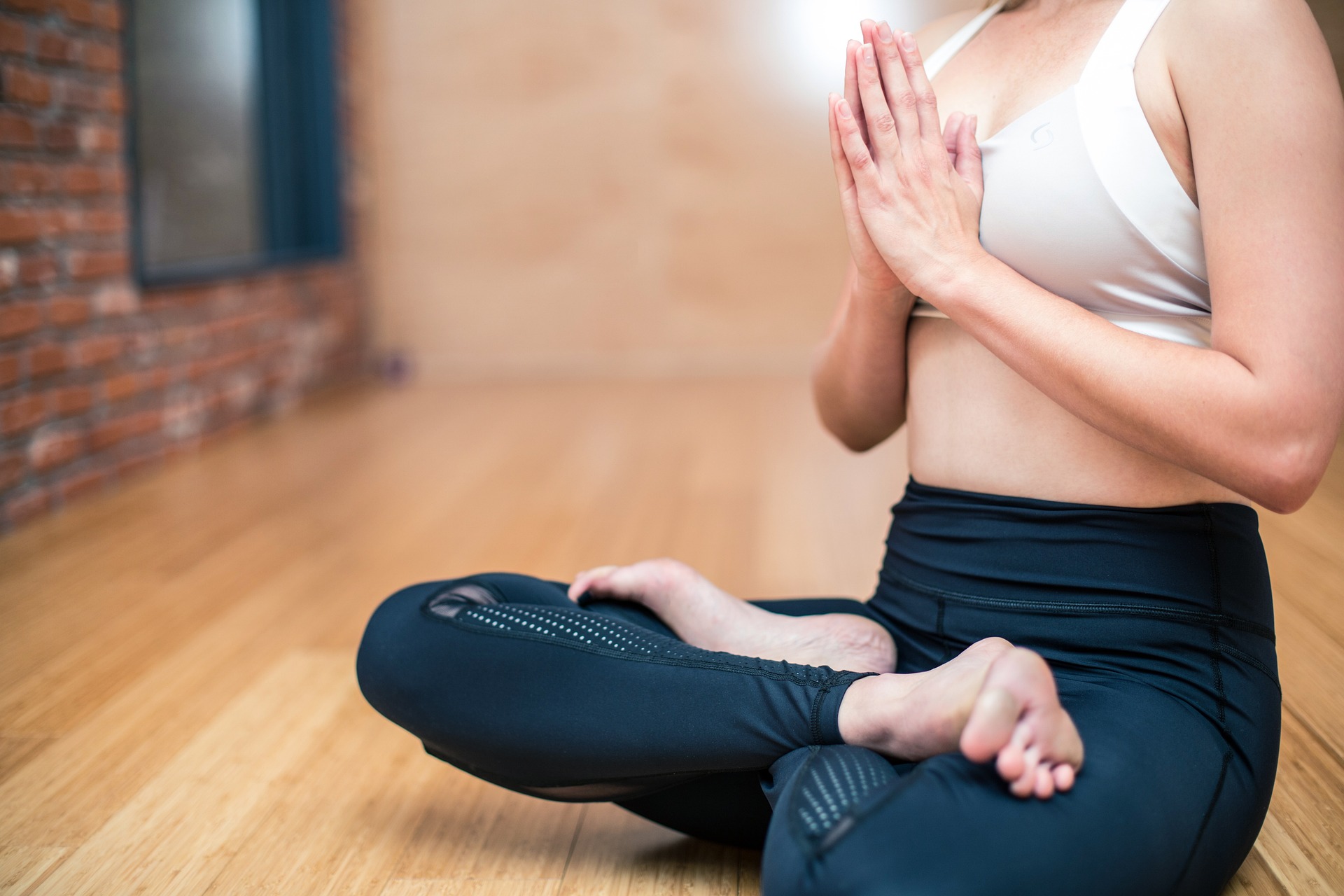Understanding the Link Between Anxiety and Physical Health
Anxiety disorders are among the most common mental health issues, affecting millions of people worldwide. While most discussions around anxiety focus on its psychological implications, it is essential to also consider its physical manifestations. Anxiety doesn't just reside in the mind; it can significantly impact your physical health. This article aims to delve into this less-explored aspect of anxiety, revealing how it impacts physical wellbeing, and providing insight into ways to manage these effects.
A Historical Perspective on Anxiety
Anxiety is not a modern phenomenon. Historical accounts suggest that anxiety, in one form or another, has been part of human experience for thousands of years. Ancient Egyptians described symptoms consistent with anxiety disorders as far back as 2000 B.C., while Greek physician Hippocrates recognized the connection between the mind and physical health around 400 B.C., suggesting that extreme feelings of fear and distress could lead to physical illness.
The term “anxiety” itself first entered the medical literature in the 19th century, as physicians began to describe patients suffering from nervousness and fear. However, it was not until the 20th century that anxiety started to be recognized and studied as a distinct mental health disorder, with its physical correlates becoming a subject of investigation.
Anxiety and Physical Health: Interconnected and Interdependent
Modern research has affirmed the connection between anxiety and physical health, demonstrating how chronic anxiety can lead to a host of physical problems. This is largely due to the body’s stress response, often referred to as the “fight or flight” response. When we perceive a threat, our bodies prepare us to either confront or escape the danger by releasing stress hormones like adrenaline and cortisol. This response is beneficial in the face of immediate threats but can wreak havoc on our bodies when activated continuously, as is often the case with chronic anxiety.
Long-term activation of the stress response can lead to a wide range of health issues, including heart disease, diabetes, and weakened immune system. Additionally, people with anxiety disorders are more likely to engage in unhealthy behaviors, such as smoking, excessive drinking, or neglecting physical activity, which can further exacerbate health problems.
The Physical Manifestations of Anxiety
Physical symptoms of anxiety can be as distressing as the emotional ones. These can include rapid heart rate, shortness of breath, headaches, gastrointestinal problems, and muscle tension. Some people may also experience other symptoms like dizziness, fatigue, insomnia, and changes in appetite.
These symptoms often lead to a vicious cycle. The physical manifestations of anxiety can, in turn, create more anxiety, leading to even more physical symptoms. This cycle can be challenging to break and may contribute to the development of chronic health conditions if left unchecked.
Addressing the Physical Impact of Anxiety
Understanding the physical impact of anxiety is critical for effective treatment. It’s not enough to address the mental symptoms; the physical ones need attention too. This requires a holistic approach to mental healthcare, which includes not only psychotherapy and medication but also lifestyle changes and self-care strategies.
Regular physical activity, balanced diet, adequate sleep, and mindfulness practices like meditation and yoga can play a significant role in managing the physical symptoms of anxiety. Moreover, addressing substance use and other harmful behaviors associated with anxiety can also lead to improved physical health.
Key Takeaways and Future Directions
The link between anxiety and physical health underscores the importance of a comprehensive approach to mental health. It’s not enough to view mental health in isolation; we must also consider its physical correlates. As research continues to elucidate the intricate relationship between the mind and body, it’s crucial to integrate these findings into our understanding and treatment of anxiety disorders.
Moreover, healthcare providers and individuals alike need to recognize and address the physical manifestations of anxiety. Ignoring these symptoms can lead to further health complications and hinder recovery. By paying attention to the physical side of anxiety and taking steps to manage it, we can improve not only mental but also overall health and wellbeing.





